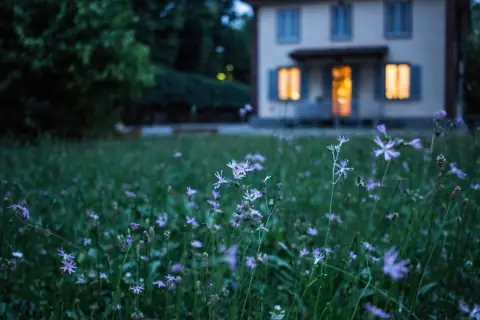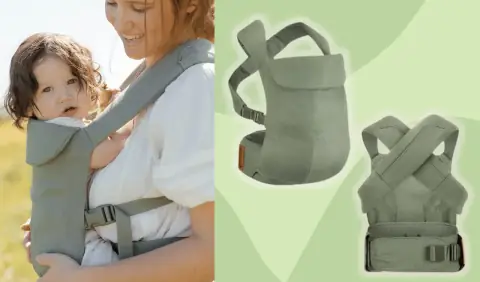
Lawn care is a time-consuming chore if the fundamentals are neglected. A healthy green lush lawn is made up of the ground's major needs, such as water, nutrients, and air.
However, it can be difficult to gauge how much time and money a homeowner should invest in maintaining a well-groomed lawn. If you aren't 100% confident that you've been doing it correctly so far, this quick guide should give you a good starting point.
1. Watering
As the single most influential factor in determining the lawn's success or failure, watering is the first and foremost priority in lawn maintenance.
If you just started mowing the lawn, give it an inch of water twice a week. If the lawn has been established for a while and has a moderate amount of grass, watering it once a week with 1 to 1 1/2 inches of water should be sufficient. Having your lawn's roots grow deeper and more widely in the soil to look for water will make it more drought-resistant.
2. Fertilization
After watering, fertilizing helps keep the lawn green and growing. Fertilization helps grass absorb soil nutrients.
Nitrogen, phosphorus, and potassium are the three most important components that a lawn requires.
• Nitrogen feeds grass by aiding photosynthesis.
• Phosphorus makes lawns drought- and heat-resistant and healthy.
• Potassium helps grass absorb soil nutrients and grow.
3. Aeration
Aeration loosens compacted soil so it can absorb water and nutrients easily and help grass develop roots.
If the soil is too hard, water can't get deep into the ground. This makes it hard for the lawn to dry out, which can lead to fungus. It stops grass roots from growing into the ground, which makes the grass weak and more likely to get sick. Drought and summer heat can dry it out.
Aerate the grass by poking holes in it with a fork or a lawn aerator. Aerators make effective aeration simple and convenient. It pulls up lawn soil, allowing the rest to expand and loosen. Aerating the lawn with a fork is laborious. You must dig with a fork to allow water and nutrients to enter.
Do aeration in your lawn when water isn't absorbed quickly or the soil is hard when you tap it. If the soil isn't compacted, aeration isn't necessary.
4. Mowing
After watering and fertilizing, mowing is needed to keep the lawn clean and healthy, as tall grass can cause diseases.
Large grass blocks sunlight from reaching the lawn's depths, preventing new grass from growing and causing hidden patches.
Keep the grass between 1 and 3 inches long by mowing 1/3rd of it weekly. Keep the blades sharp when mowing the lawn because dull blades can damage the grass, allowing diseases and fungus to destroy it. It's possible to maintain a lush, green lawn throughout the year by following these four simple steps.













